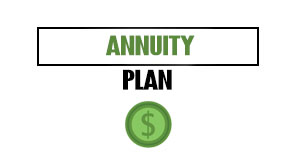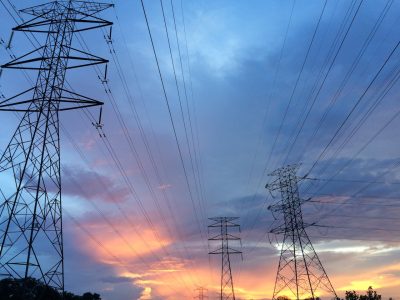Financial experts are highlighting the advantages of high-yield savings accounts as interest rates reach levels not seen in years. With annual percentage yields (APYs) now topping out at approximately 5%, these accounts present a significant opportunity for consumers looking to maximize their cash reserves.
High-yield savings accounts function similarly to traditional savings accounts but offer substantially better interest rates. While the national average for standard savings accounts hovers around 0.45%, high-yield options can deliver more than ten times that return without additional risk.
Why High-Yield Accounts Make Financial Sense
The current economic environment has created favorable conditions for savers. As the Federal Reserve has raised benchmark interest rates to combat inflation, financial institutions have followed suit by offering more competitive yields on deposit accounts.
For consumers, the math is straightforward. A $10,000 deposit in a traditional savings account yielding 0.45% would earn just $45 in interest over a year. The same amount in a high-yield account at 5% would generate $500 – a difference of $455 annually.
These accounts typically come with the same FDIC or NCUA insurance as traditional bank accounts, protecting deposits up to $250,000 per depositor, per institution.
Ideal Uses for High-Yield Savings
Financial advisors suggest several strategic applications for high-yield savings accounts:
- Emergency funds (covering 3-6 months of expenses)
- Short-term savings goals like vacations or major purchases
- Down payment funds for home buyers
- Tax payment reserves for self-employed individuals
“Putting your cash in a high-yield savings account with an APY of up to 5% is a smart money move,” notes one financial advisor. It’s essentially free money compared to letting cash sit in a checking account or traditional savings account, earning minimal interest.
What to Watch For
While high-yield accounts offer clear benefits, consumers should be aware of potential limitations. Some accounts may require minimum balances, impose monthly fees, or limit withdrawals. Others might offer high introductory rates that decrease after a promotional period.
Online banks and credit unions typically offer the most competitive rates, as they have lower overhead costs than brick-and-mortar institutions. This often means sacrificing in-person service for better returns.
The current 5% rates may not last indefinitely. If the Federal Reserve begins cutting interest rates, yields on savings accounts will likely follow. However, even if rates decline somewhat, high-yield accounts will almost certainly continue to outperform traditional savings options.
For those with substantial cash reserves, financial planners recommend comparing high-yield savings accounts with other safe investments like Treasury bills, certificates of deposit, or money market accounts to determine the best fit for their financial goals.
With inflation cooling but still present in the economy, accounts yielding 5% help ensure that savings maintain purchasing power over time – a crucial consideration for long-term financial health.
















